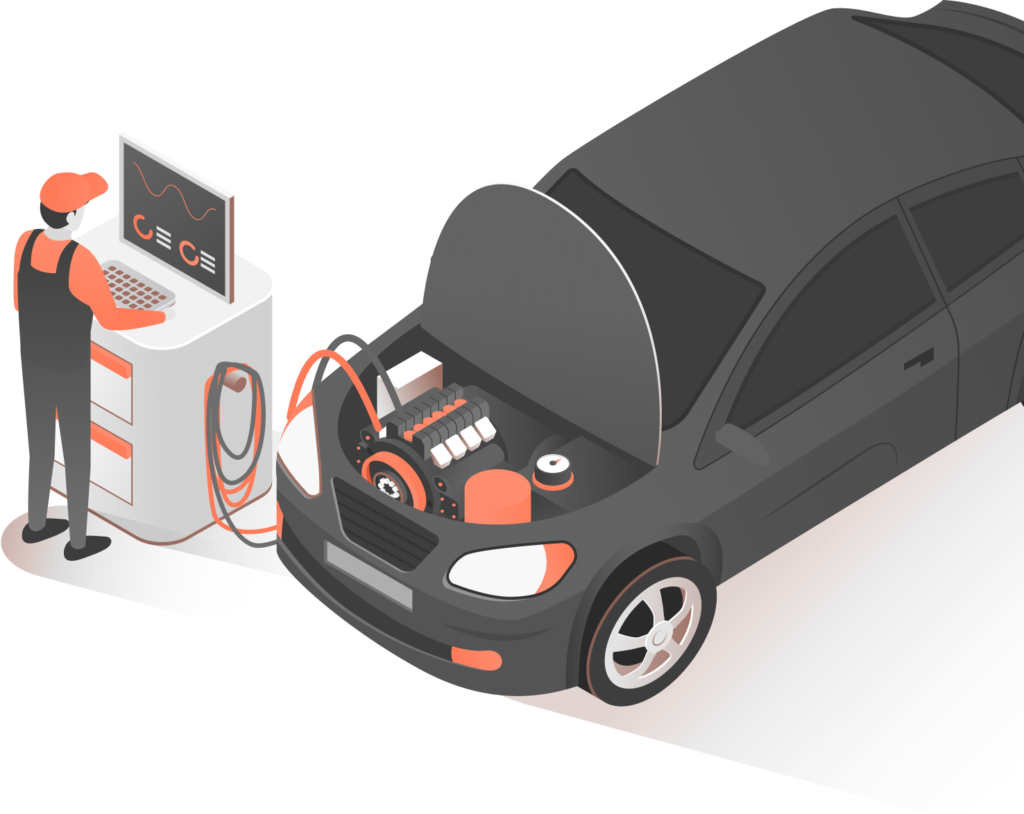The thermostat in your engine is responsible for regulating the temperature of the cooling system. In order for your engine to run efficiently, it needs to operate within a specific heat range. Heating up is easy, since the combustion process gives off a good deal of heat. To prevent overheating, engine coolant (antifreeze) is circulated through the engine block to pick up some of that heat and send it to the radiator where it dissipates into the atmosphere. The coolant returns to the engine at a lower temperature to pick up more heat and do it all over again in a near-constant cycle.
If the coolant, however, is allowed to circulate continuously, too much engine heat can be lost. Heat that is necessary for proper engine function. Therefore, the thermostat serves as a valve to close off the passage of coolant. It controls the amount of coolant that cycles through your engine by opening and closing. It opens when the temperature falls to a certain level, and it opens back up when the temperature rises to another designated level. Most engines prefer to operate somewhere between 195 and 220 degrees Fahrenheit.
The thermostat itself is made up of a wax-filled cylinder that forces the thermostat open as the wax melts and allows the thermostat to close as the wax cools and hardens.


When a car thermostat fails, you will likely notice one or more symptoms. The most concerning among them is an overheating engine.
If the thermostat valve is stuck closed, the coolant will not be able to leave the engine and make its way to the radiator. A bad thermostat is not the only cause of engine overheating, but when the thermostat sticks closed, your engine will likely overheat. You can tell if your engine is getting too hot by observing the temperature gauge on the dashboard. You might also notice steam coming from underneath the hood and the syrupy smell of coolant as it escapes into the air. (Warning - do not attempt to remove the radiator cap or coolant expansion tank lid if your engine is overheating, otherwise you could suffer a severe scalding injury from the steam). You could see fluid leaking on the ground under the engine as well. The check engine light might also come on as an indication.
Another sign of a bad thermostat is that the temperature gauge falls too low. You might not notice this sign so easily. You are more likely to find out that the thermostat is stuck open on a cool day when the heater inside the passenger compartment fails to produce warm air. You might also detect a drop in fuel efficiency.
This is demo Question
This is demo Answer

